Vegan Globetrotter is supported by our audience. When you purchase through one of our links, we may earn a small affiliate commission. As an Amazon Associate I earn from qualifying purchases. Your cost is not affected.
==================
Raw Foods to Eat for a Healthier Lifestyle: People today should invest more in their health. In our fast-paced world, people often apply the same principles to their food choices. Don’t get me wrong, I’m also one of those people who would rather eat something easy, regardless of it being unhealthy, than spend all my time prepping healthy foods. However, it’s important to know that some healthy and beneficial food options are easy to prepare and don’t require much effort. Think raw food diet. If you are curious to know more, then follow along!
Raw Foods to Eat for a Healthier Lifestyle

Embarking on a raw food journey can transform your health and well-being. You set the stage for a vibrant lifestyle by embracing nutrient-dense, unprocessed foods. Say farewell to cooking and hello to the natural goodness of raw fruits, vegetables, nuts, and seeds. This holistic approach nourishes your body with essential nutrients and supports weight loss, digestive harmony, and increased energy levels. Let’s dive into raw foods to unlock their incredible health benefits.
The raw food diet involves consuming mainly unprocessed whole, plant-based foods in their natural state. Advocates of this diet believe that eating raw foods can improve overall health and well-being and even reduce the risk of certain medical conditions. In this blog, we will explore the raw food diet concept, its core principles, and the key components of a raw food lifestyle. We will also discuss the benefits of eating raw foods and the essential raw foods to incorporate into your diet for a healthier YOU. Whether you want to lose weight, improve digestion, or increase energy levels, this blog will provide valuable insights into raw foods and how they can positively impact your health.
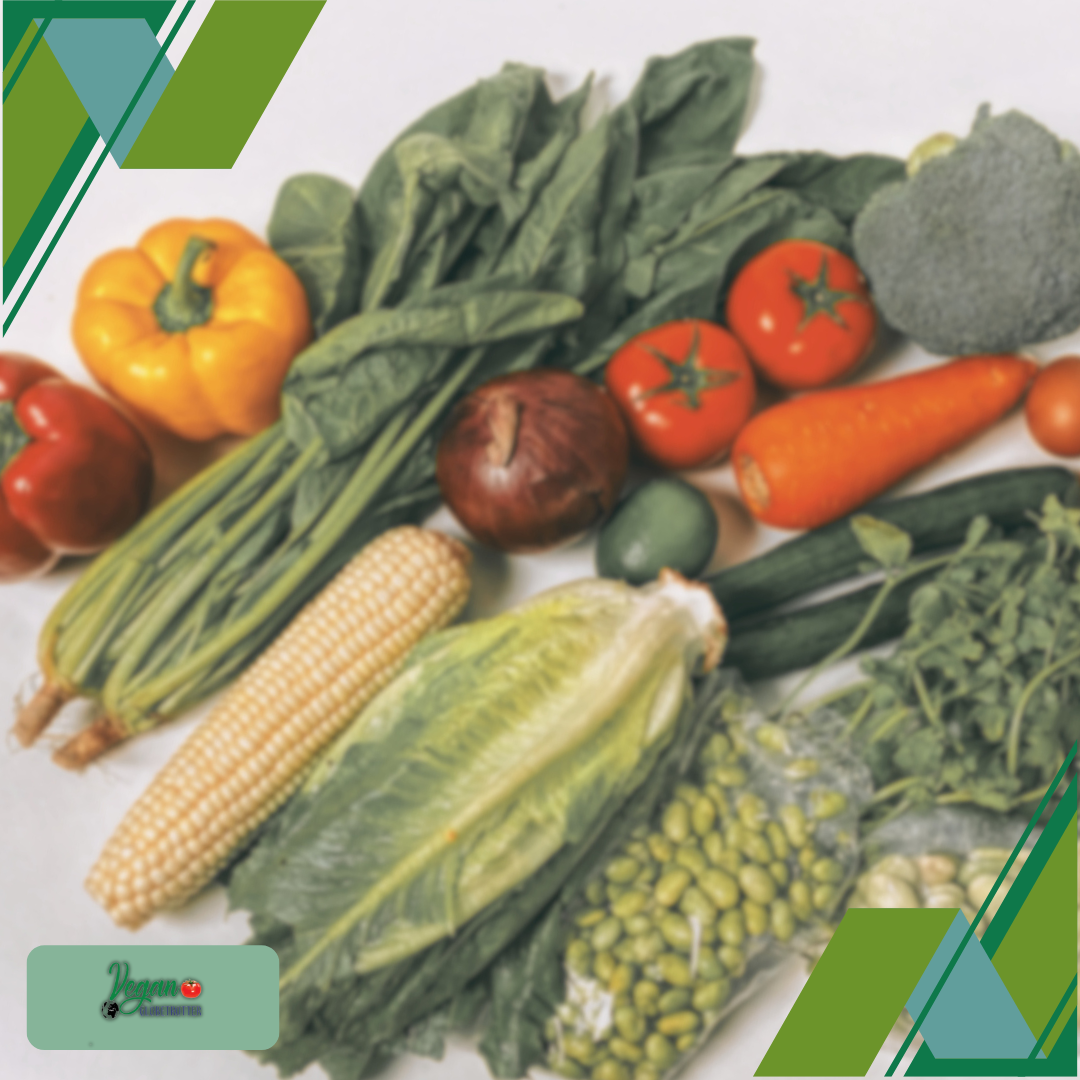
Key Highlights
- A raw food diet involves eating mainly unprocessed whole, plant-based foods.
- Benefits of a raw food diet include weight loss, improved health, and reduced risk of medical conditions.
- A raw food diet is high in nutrients, including essential vitamins and minerals.
- Eating foods can improve digestive health and retain natural enzymes.
- A raw food diet can aid in weight management and increase energy levels.
- Essential raw foods to incorporate into the diet include fruits, vegetables, nuts, seeds, and superfoods
- The importance of a well-balanced diet cannot be emphasized enough when it comes to maintaining a healthy lifestyle. While there are various dietary approaches, the raw food diet has gained significant attention in recent years.
Understanding the Raw Food Diet
The raw food diet, also known as raw foodism or the raw vegan diet, is based on consuming unprocessed, uncooked, and preferably organic foods. Raw food enthusiasts believe that cooking foods at high temperatures destroys nutrients that are found in raw food and reduces the nutritional value of the food.
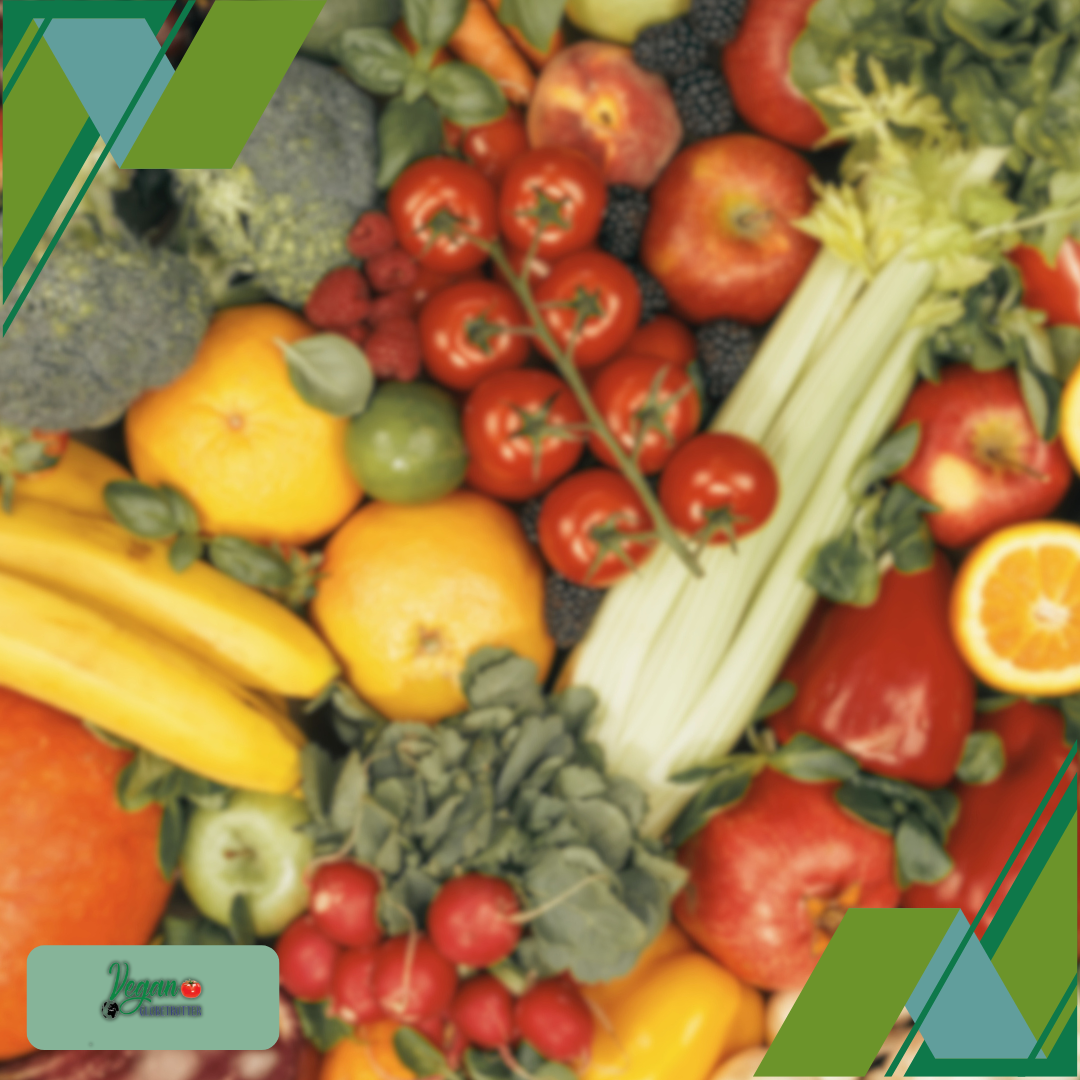
One key component of the raw food diet is the inclusion of natural enzymes. Enzymes are essential for digestion and play a crucial role in breaking down food into nutrients the body can absorb. By consuming these enzymes through raw foods, advocates of the raw food diet believe that the body can function more efficiently and maintain optimal health.
The raw food diet also focuses on consuming unprocessed foods. Processed foods often contain additives, preservatives, and artificial ingredients that can negatively impact health. By avoiding processed foods and opting for raw, unprocessed foods, individuals on the raw food diet aim to provide their bodies with the most natural and nutrient-dense foods possible.
Definition and Core Principles
Raw foodism, also known as the raw food diet, is a dietary approach that emphasizes the consumption of unprocessed, uncooked, and preferably organic foods. This diet is often associated with the vegan lifestyle, as it primarily consists of plant-based foods. The core principle of raw foodism is to consume foods naturally without any processing or cooking.
The main idea behind raw foodism is that cooking foods at high temperatures destroys their natural enzymes and diminishes their nutritional content. By consuming foods in their raw form, proponents of raw foodism believe they can maximize the food’s nutritional value and enzymatic activity.
The raw food diet is not just a dietary choice but also a way of life for many individuals. It involves a commitment to consuming foods that are as close to their natural state as possible, without any additives or preservatives. This means opting for fresh, organic produce, sprouted grains, and raw nuts and seeds. By following the core principles of raw foodism, individuals aim to improve their health, well-being, and overall quality of life.
Key Components of a Raw Food Lifestyle
A raw food lifestyle revolves around consuming a vegan diet, excluding all animal products. Incorporating a variety of raw fruits and vegetables into the diet is essential. These foods are rich in vital nutrients, antioxidants, and fiber, which benefit overall health. Whole grains, such as sprouted quinoa and buckwheat, are an important part of a raw food lifestyle, providing complex carbohydrates and essential vitamins and minerals.
In addition to fruits, vegetables, and whole grains, raw food enthusiasts often incorporate raw nuts, seeds, and superfoods into their diets. These foods are packed with healthy fats, protein, and a wide range of vitamins and minerals. By including these key components in their diets, individuals with a raw food lifestyle can ensure a well-rounded, nutrient-dense diet that promotes good health.
The Benefits of Eating Raw
There are several benefits associated with eating raw foods as part of a healthy lifestyle. Raw foods are known to be high in nutrients, including essential vitamins, minerals, and antioxidants. They are also low in calories and high in fiber, making them beneficial for weight management. Additionally, raw foods can help improve digestive health and retain natural enzymes, which are essential for proper digestion. Overall, incorporating raw foods into your diet can positively impact your health and well-being.

Nutritional Advantages of Uncooked Foods
Uncooked foods, such as fruits, vegetables, nuts, and seeds, offer numerous nutritional advantages. They are rich in essential nutrients, including vitamins, minerals, and antioxidants. Consuming these nutrients in their natural form can help individuals maximise their health benefits.
Additionally, fruits and vegetables are high in vitamin C, which is important for immune function, collagen production, and antioxidant activity. Since Vitamin C is heat-sensitive and can be easily destroyed during cooking, consuming these foods raw ensures that individuals are getting the maximum amount of vitamin C.
Raw foods provide a wide range of other essential nutrients, such as fiber, potassium, magnesium, and folate. These nutrients are necessary for various bodily functions and can contribute to overall health and well-being. By incorporating uncooked foods into your diet, you can ensure you are getting a diverse array of essential nutrients that support optimal health.
Digestive Health and Enzyme Retention
One key benefit of eating raw foods is improved digestive health. Enzymes play a crucial role in breaking down food into smaller, more easily digestible molecules. By consuming foods in their raw form, individuals can retain these natural enzymes, which can aid in digestion and promote better nutrient absorption.
Cooking food at high temperatures can destroy these natural enzymes, making it more challenging for the body to digest and absorb nutrients. By opting for raw foods, individuals can support their digestive health and ensure that their bodies can efficiently break down and absorb the nutrients they need.
Impact on Weight Management and Energy Levels
Eating raw foods can positively impact weight management and energy levels. Here are some ways raw foods can contribute to weight loss and increased energy:
- Raw foods are generally lower in calories and higher in fiber, which can help regulate appetite and promote weight loss.
- Raw foods are more nutrient-dense than processed foods, providing the body with essential vitamins, minerals, and antioxidants, supporting increased energy levels.
- Raw foods contain natural enzymes that aid in digestion. These enzymes allow the body to efficiently break down and utilize nutrients, leading to increased energy.
- Raw foods, especially fruits and vegetables, provide a natural source of carbohydrates that can fuel the body with sustained energy throughout the day.
By incorporating raw foods into your diet, you can support your weight management goals, and experience increased energy levels throughout the day.

Essential Raw Foods to Incorporate into Your Diet
When it comes to a raw food diet, there are several essential foods that you should incorporate into your daily meals. These foods are packed with vital nutrients and can provide various health benefits. Some crucial raw foods to include in your diet are:
- Fruits: such as berries, apples, and citrus fruits. These fruits are rich in vitamins, minerals, and antioxidants.
- Vegetables: such as leafy greens, carrots, and bell peppers. These vegetables provide essential nutrients and fiber.
- Nuts and Seeds: Almonds, walnuts, and chia seeds are high in healthy fats, protein, and essential minerals.
- Superfoods: such as spirulina, chlorella, and cacao. These superfoods are rich in antioxidants and provide numerous health benefits.
Including these essential raw foods into your diet promotes optimal health by providing a well-rounded, nutrient-dense diet.
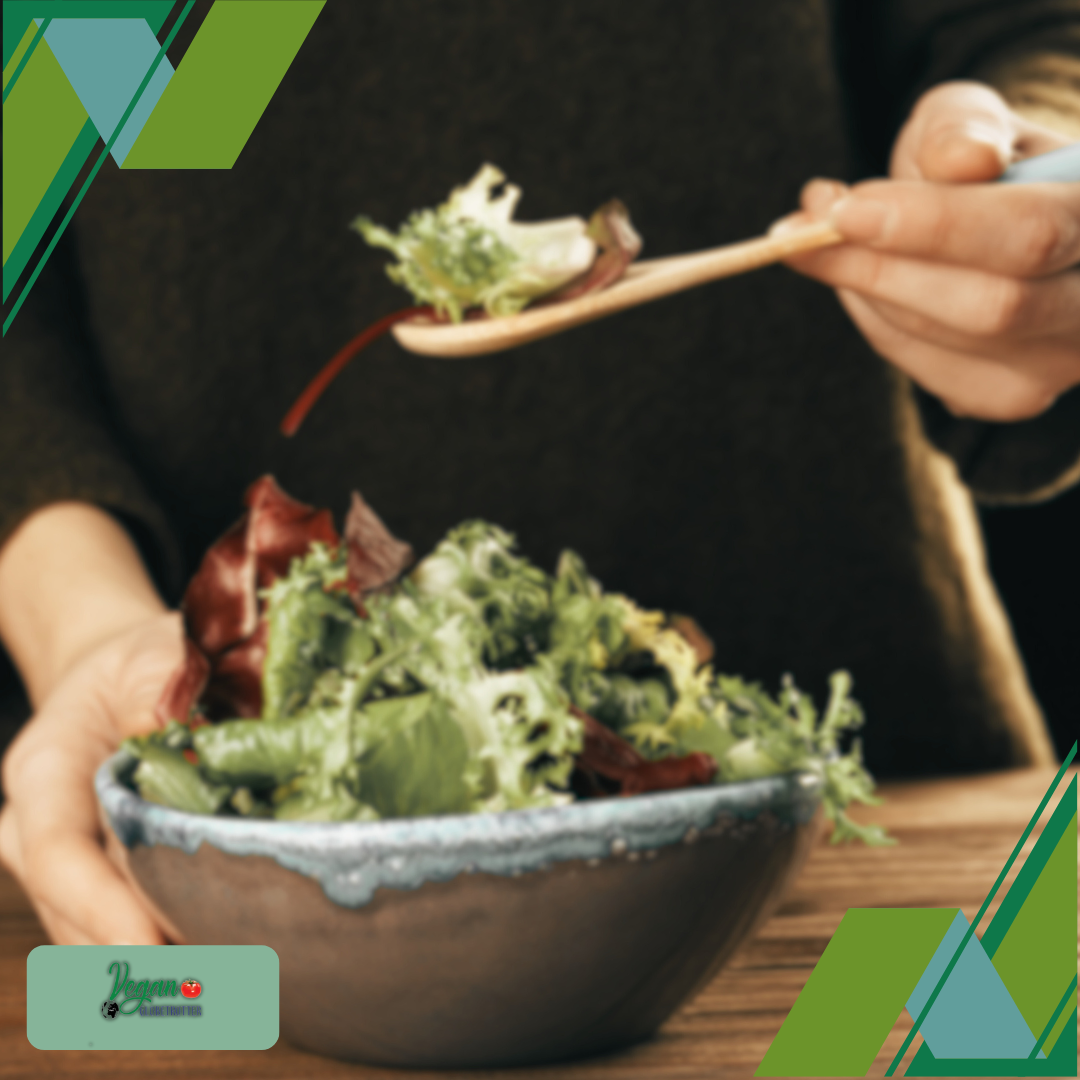
Fruits and Vegetables: The Foundation
Fruits and vegetables are the foundation of a raw food diet. These foods contain essential nutrients, fiber, and antioxidants that support overall health and well-being. Here are some key reasons why fruits and vegetables should be a staple in your raw food diet:
- Nutrient Density: Fruits and vegetables are rich in essential vitamins, minerals, and antioxidants, providing numerous health benefits. They are low in calories and high in fiber, making them ideal for weight management.
- Antioxidants: Fruits and vegetables are loaded with antioxidants, which help protect the body against damage from free radicals and reduce the risk of chronic diseases.
- Hydration: Many fruits and vegetables have high water content, which helps keep the body hydrated and supports optimal bodily functions.
By including various raw fruits and vegetables in your diet, you can ensure that you get a wide range of essential nutrients and reap the numerous health benefits they offer.

Nuts, Seeds, and Sprouts: Protein and Healthy Fats
Nuts, seeds, and sprouts are essential to a raw food diet, providing the body with healthy fats, protein, and important minerals. Here’s why you should incorporate them into your diet:
- Healthy Fats: Nuts and seeds are rich in healthy fats, such as omega-3 fatty acids, which benefit heart health and brain function.
- Protein: Nuts, seeds, and sprouts are excellent plant-based protein sources, providing the body with essential amino acids.
- Sprouting: Sprouting nuts, seeds, and grains increases their nutrient content and makes them more easily digestible. Sprouting also activates enzymes, making the nutrients more bioavailable.
By including a variety of nuts, seeds, and sprouts in your raw food diet, you can ensure that you are getting a good balance of healthy fats, protein, and essential minerals to support optimal health.
Superfoods and Fermented Options
Superfoods and fermented options are valuable additions to a raw food diet, offering additional health benefits. Here’s why you should consider incorporating them:
- Superfoods: Superfoods like spirulina, chlorella, and cacao are rich in antioxidants, vitamins, and minerals. They provide a boost of nutrition and offer numerous health benefits.
- Fermented Foods: Fermented foods like kimchi and sauerkraut are packed with probiotics, which promote a healthy gut microbiome and support digestion and immune function.
- Probiotics: Fermented foods contain live beneficial bacteria that can improve gut health and overall well-being.
Including superfoods and fermented options in your raw food diet can enhance its nutritional profile and provide additional health benefits.
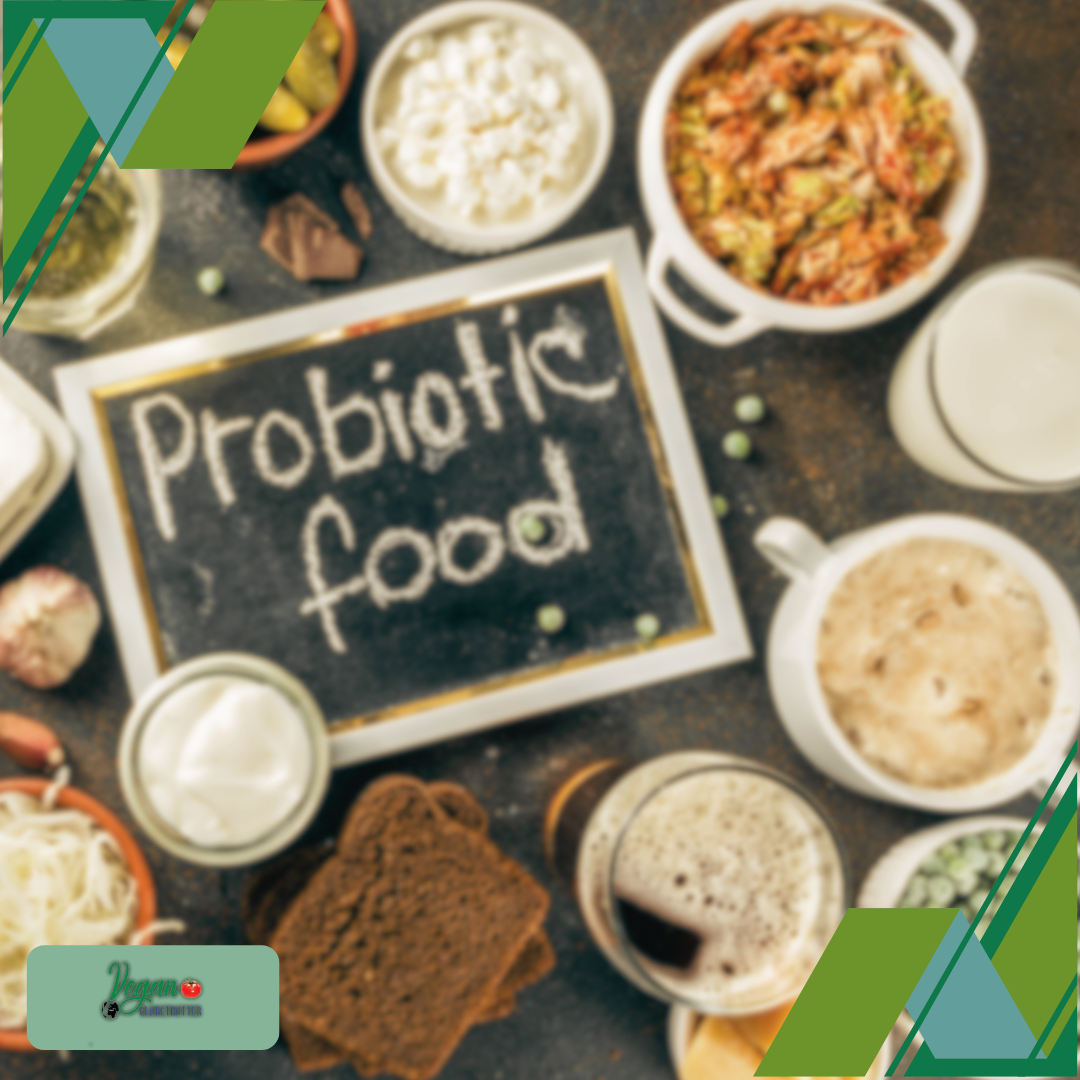
Transitioning to a Raw Food Diet
Transitioning to a raw food diet can be an adjustment, but you can make the process easier with some simple strategies. Here are some tips for transitioning to a raw food diet:
- Start Simple: Make easy swaps in your diet, such as replacing cooked vegetables with raw ones or opting for fresh fruit instead of processed snacks.
- Focus on Basic Meals: Start with basic raw meals like salads, smoothies, and raw vegetable wraps. These meals are easy to prepare and require minimal cooking.
- Gradual Transition: Gradually increase the amount of raw foods in your diet over time. This allows your body to adjust and makes the transition more sustainable.
By starting simple, focusing on basic meals, and gradually increasing the amount of raw foods in your diet, you can successfully transition to a raw food lifestyle.
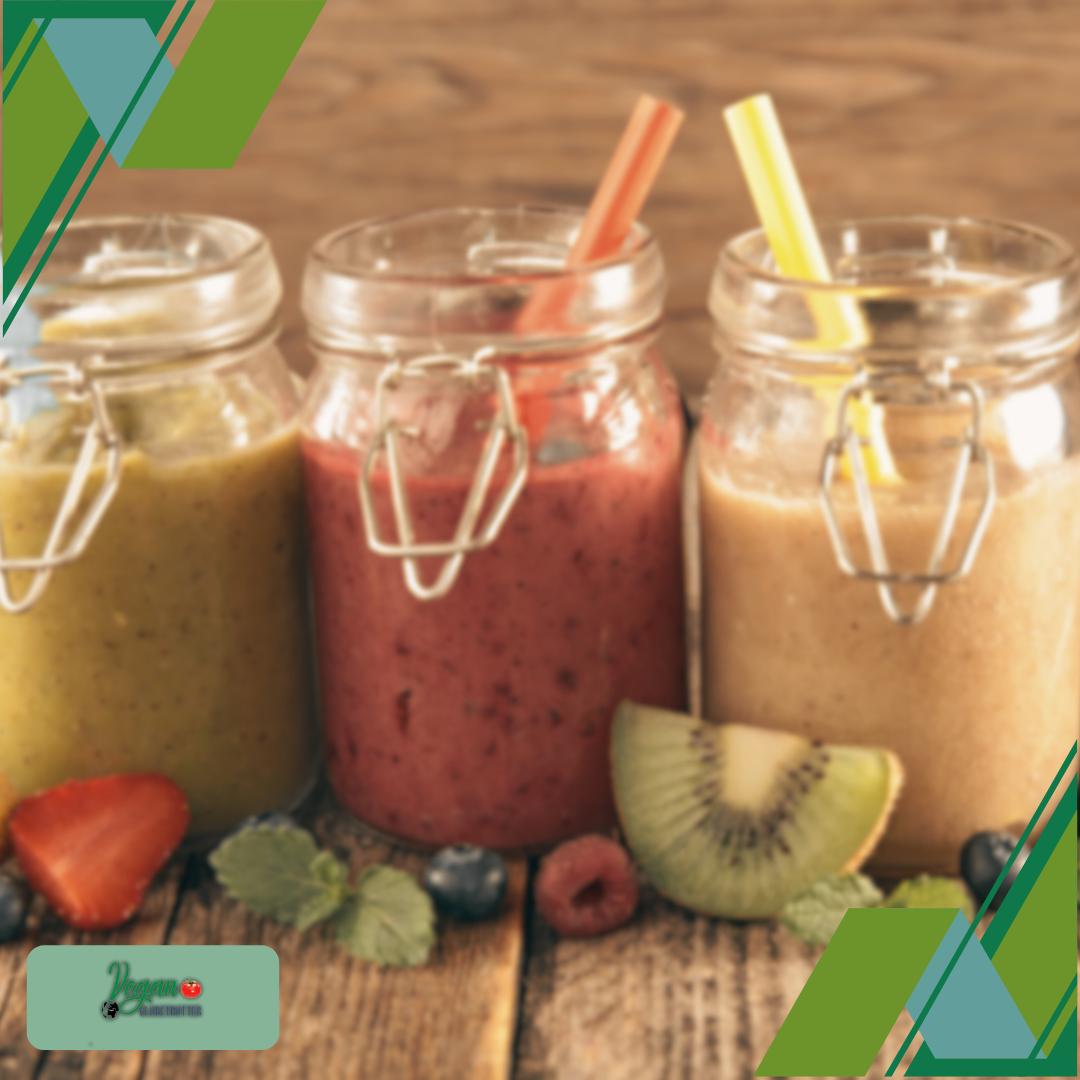
Starting Simple: Easy Swaps and Basic Meals
When transitioning to a raw food diet, starting with easy swaps and basic meals is helpful. Here are some simple ideas to get you started:
- Easy Swaps: Replace cooked vegetables with raw ones, swap processed snacks for fresh fruit, and opt for raw nuts and seeds instead of roasted ones.
- Salads: Experiment with different types of greens, vegetables, and fruits to create flavorful and nutritious salads. Add raw nuts, seeds, or sprouts for extra crunch and protein.
- Smoothies: Blend raw fruits and vegetables with a liquid base like water, coconut water, or nut milk to create delicious and nutrient-packed smoothies.
- Raw Wraps: Use large lettuce leaves or collard greens as wraps and fill them with various raw vegetables, sprouts, and your favorite raw sauce or dressing.
Starting simple with easy swaps and basic meals allows you to gradually introduce more raw foods into your diet and find what works best for you.
Planning Your Meals and Managing Cravings
One key aspect of following a raw food diet is planning your meals in advance. This allows you to ensure that you are getting a balanced diet and meeting your nutritional needs. Meal planning can involve creating a weekly menu, prepping ingredients in advance, and having healthy snacks readily available. By having a plan in place, you can avoid making impulsive food choices and ensure that you have a variety of raw foods on hand.
Managing cravings is another challenge individuals on a raw food diet may face. Cravings for cooked or processed foods can be challenging to resist, especially in social settings or during times of stress. It can be helpful to have a strategy in place for managing these cravings, such as finding raw food alternatives or distracting yourself with other activities. Remembering that cravings are often temporary and will pass with time is important.
Tips for Eating Out and Social Events
Eating out and attending social events can be challenging when following a raw food diet. However, with some planning and preparation, it is possible to maintain a balanced diet while enjoying these occasions. When dining out, try to choose restaurants that offer raw or vegan options. Many restaurants are becoming more accommodating to dietary restrictions and can provide delicious raw food meals.
If you’re attending a social event where raw food options may be limited, consider bringing a dish to share that aligns with your diet plan. This ensures you have something to eat and allows others to taste the deliciousness of raw foods. Additionally, communicate your dietary needs to the host or organizer beforehand so they can accommodate your needs. Remember, enjoying the social aspect of these events is important while staying true to your health goals.
Preparing Raw Foods: Tools and Techniques
Preparing raw foods requires specific tools and techniques to maximize their nutritional value and taste. Must-have kitchen gadgets for raw food enthusiasts include a high-speed blender, food processor, dehydrator, and spiralizer. These tools can help prepare a variety of raw dishes, such as smoothies, raw desserts, and vegetable noodles.
In addition to kitchen gadgets, basic preparation methods like soaking, sprouting, and fermenting can enhance the nutritional value of raw foods. Soaking nuts, seeds, and legumes helps to remove enzyme inhibitors and increase digestibility. Sprouting activates enzymes and increases nutrient content. Fermenting foods promotes healthy gut bacteria and increases the availability of nutrients.

Must-Have Kitchen Gadgets
Having the right kitchen gadgets can make the preparation of raw foods a lot easier and more enjoyable. Some must-have kitchen gadgets for raw food enthusiasts include a high-speed blender, food processor, dehydrator, and spiralizer. A high-speed blender is essential for making smoothies, soups, and sauces. It can quickly blend fruits, vegetables, and nuts into a smooth and creamy consistency. A food processor is useful for chopping, shredding, and mixing ingredients. It can be used to make raw dips, spreads, and nut butter.
A dehydrator is a fantastic tool for creating raw snacks like fruit leathers, kale chips, and crackers. It removes moisture from foods while preserving their nutrients and flavors. Lastly, a spiralizer is perfect for creating vegetable noodles or “zoodles.” It allows you to enjoy pasta-like dishes without the added carbohydrates.
Investing in these kitchen gadgets can significantly enhance your raw food preparation experience and open up a world of creative raw food recipes.
Basic Preparation Methods: Soaking, Sprouting, and Fermenting
Basic preparation methods, such as soaking, sprouting, and fermenting, can significantly enhance raw foods’ nutritional value and digestibility.
Soaking nuts, seeds, and legumes before consumption helps to remove enzyme inhibitors and phytic acid, making them easier to digest and increasing nutrient availability. Soaking can also improve the texture and flavor of these foods.
Sprouting is when seeds, grains, or legumes are soaked and allowed to germinate. This increases the nutrient content of the food and activates enzymes, making them more bioavailable. Sprouted foods are rich in vitamins, minerals, and antioxidants.
Fermenting involves the natural fermentation of foods using beneficial bacteria or yeasts. This process enhances the flavor, texture, and digestibility of foods. Fermented foods, such as sauerkraut, kimchi, and miso, are rich in probiotics and can help promote a healthy gut.
Incorporating these basic preparation methods into your raw food diet can enhance your meals’ nutritional value, taste, and digestibility.

Overcoming Common Challenges
Following a raw food diet can present challenges. Two common ones are dealing with detox symptoms and finding variety and balance in meals.
When transitioning to a raw food diet, some individuals may experience detox symptoms such as headaches, fatigue, or digestive disturbances. Drinking plenty of water, getting adequate rest, and gradually transitioning to a raw food diet can help minimize these symptoms.
Finding variety and balance in a raw food diet is vital to meeting your nutritional needs. Experimenting with different recipes, incorporating a wide range of fruits and vegetables, and including plant-based protein sources can help you achieve a balanced and satisfying raw food diet.
Dealing with Detox Symptoms
Detox symptoms can occur when transitioning to a raw food diet as your body adjusts to a new way of eating. These symptoms include headaches, fatigue, digestive disturbances, and skin breakouts.
While detox symptoms can be uncomfortable, they are generally temporary and a sign that your body is eliminating toxins and adjusting to a healthier diet.
Drinking plenty of water to flush out toxins mitigates detox symptoms and keeps you hydrated. Adequate rest and sleep can also support your body’s detoxification processes. Gradually transitioning to a raw food diet can help your body adjust more smoothly.
It is essential to focus on the long-term health benefits of a raw food diet, such as increased energy, clearer skin, and improved digestion. By staying committed and being patient with your body, you can successfully navigate through detox symptoms and experience the full benefits of a raw food lifestyle.
Finding Variety and Balance
Finding variety and balance in a raw food diet is crucial to meet your nutritional needs and enjoy your meals. Incorporating a wide range of fruits, vegetables, nuts, seeds, and sprouts can provide a diverse array of nutrients and flavors.
Experimenting with different recipes and preparation methods can help keep your meals exciting and prevent boredom. Including various colors in your meals ensures that you get a wide range of antioxidants and phytochemicals.
To maintain a balanced raw food diet, it’s crucial to incorporate plant-based protein sources, healthy fats, and carbohydrates. You can achieve this by including foods such as nuts and seeds, avocados, legumes, and whole grains in your meals. Listening to your body and paying attention to your hunger and fullness cues is essential for maintaining balance in your raw food diet.
What Foods Should be Eaten Cooked, Not Raw?
While the raw food diet promotes the consumption of mainly raw and unprocessed foods, it is important to note that not all foods are safe or recommended to be eaten raw. Some foods are better consumed cooked to reduce the risk of food poisoning and to enhance their nutritional value.
Here is a list of foods that are generally recommended to be cooked:
|
Foods To Be Cooked |
|
Meat and poultry |
|
Seafood and shellfish |
|
Eggs |
|
Beans and legumes |
|
Certain vegetables, such as potatoes |
|
Grains, such as rice and quinoa |
|
Certain plant foods, such as cassava |
|
|
Cooking these foods helps eliminate harmful bacteria and parasites, making them safer to consume. Raw or undercooked animal products, such as meat, poultry, seafood, and eggs, have a higher risk of containing bacteria like Salmonella or E. coli, which can lead to food poisoning.
Also, keep in mind that some vegetables, grains, and plant foods contain natural toxins or antinutrients that can be reduced or eliminated through cooking. For example, cooking beans and legumes can help break down phytic acid, which inhibits nutrient absorption. Cooking grains like rice and quinoa can improve their digestibility and reduce the risk of foodborne illnesses. However, it’s important to note that cooking methods such as boiling, steaming, or roasting should be used to retain the maximum nutritional value of these cooked foods. Overcooking or using high heat for prolonged periods can cause nutrient loss.
By understanding which foods are best consumed cooked, you can ensure your meals’ safety and optimal nutritional value while still incorporating raw foods into your diet.
Success Stories: Transformations and Testimonials
Success stories and testimonials from individuals who have experienced the benefits of a raw food diet can inspire and encourage those considering adopting this lifestyle. These stories can highlight the positive changes individuals have experienced in their health, weight, energy levels, and overall well-being. These stories, from personal accounts, showcase the potential of a raw food diet to transform lives and improve health outcomes. They provide real-life examples of the benefits of incorporating raw foods into one’s diet and can motivate others to make positive changes in their own lives.
Real-Life Benefits Experienced by Individuals
Real-life benefits experienced by individuals who have adopted a raw food diet include weight loss, increased energy, improved digestion, clearer skin, and better overall health. These benefits are often the result of lifestyle changes that come with following a raw food diet.
By eliminating processed and refined foods and focusing on whole, plant-based produce, individuals can experience weight loss and improved management of chronic conditions. Raw foods’ high nutrient content provides the body with essential vitamins, minerals, and antioxidants, supporting overall health and vitality.
Individuals also report increased energy levels, reduced inflammation, and improved digestion. The abundance of fiber in raw foods promotes healthy digestion, while eliminating processed foods can reduce inflammation.
Clearer skin is another common benefit of a raw food diet, as it eliminates common triggers for skin issues such as refined sugars and unhealthy fats. Raw foods’ high water content and nutrient density can produce a more vibrant complexion.
By sharing these real-life benefits, individuals can inspire others to consider incorporating more raw foods into their diet and experience similar positive life changes.
How a Raw Food Diet Changed Lives
Testimonials from individuals who have adopted a raw food diet often describe it as life-changing. These personal accounts highlight the diet’s profound impact on physical, mental, and emotional well-being.
People who have embraced a raw food lifestyle often report weight loss, increased energy, improved digestion, and overall health. They describe feeling more vibrant, focused, and mentally clear. Many individuals also experience improvements in chronic conditions, such as diabetes, high blood pressure, and autoimmune disorders.
The testimonials also emphasize the positive impact of a raw food diet on emotional well-being. People often describe feeling more connected to nature and experiencing heightened gratitude and appreciation for life’s simple pleasures.
These personal stories are powerful motivators for others considering a raw food diet. They show that it can transform lives and positively change physical health, mental clarity, and overall well-being.
Raw Food Diet: Your Guide to a Healthier Lifestyle
Embracing a raw food lifestyle can significantly impact your health and well-being. By incorporating nutrient-dense fruits, vegetables, nuts, and seeds into your diet, you can experience improved digestion, enhanced energy levels, and better weight management.
Transitioning to a raw food diet may seem daunting, but you can effortlessly create delicious and balanced meals with proper planning and essential kitchen tools. Overcoming challenges like detox symptoms and finding variety is vital to sustaining this lifestyle.
If you plan to join this journey, find inspiration and explore the success stories of individuals who have transformed their lives through raw foods. Remember, balance is the answer, and listening to your body’s needs is crucial for long-term success on this journey to a healthier YOU!

Frequently Asked Questions
Can I get enough protein on a raw food diet?
Yes, Getting enough protein on a raw food diet is possible by incorporating protein-rich foods such as nuts, seeds, and legumes. These plant-based protein sources provide essential amino acids for the body’s functions.
How do I ensure I'm getting all essential nutrients?
To ensure you’re getting all essential nutrients on a raw food diet, it’s important to include a variety of fruits, vegetables, nuts, seeds, and whole grains. Additionally, vitamin D and calcium supplements can help meet specific nutritional needs.
Are there any risks involved in a raw food diet?
Despite the benefits of raw food diets, there are also risks. To minimize the risk of foodborne illnesses, it is essential to exercise caution and ensure proper hygiene and food preparation practices. It is also crucial to pay close attention to nutritional needs and consider supplementation if necessary.
Should I eat some foods cooked and others raw?
The decision to eat some foods cooked and others raw depends on personal preferences and health goals. While a raw food diet can have health benefits, it may not suit everyone. Maintaining a balanced diet that includes a variety of cooked and raw foods is essential to ensure adequate nutrient intake. Cooking certain foods can enhance their nutritional value by increasing the availability of specific nutrients and eliminating harmful bacteria. It is recommended to consult with a registered dietitian or healthcare professional to determine the best approach for your individual needs.
Planning to Embrace a Vegan Lifestyle?
Follow us for delicious plant-based recipes, nutrition tips, and inspiring content to jumpstart your journey! Join our community and discover the joy of eating vegan!



Don't miss out
when new recipes and information are added!
Join our newsletter for free recipes,
healthy living inspiration, and special offers
You have Successfully Subscribed!